Your guide to navigating the Emerald City.
As a visitor to Seattle, you won’t need a vehicle if you plan to stick to city sites. In fact, between the cost of car rental, insurance, the ever-increasing cost of gas, and the nightmare of parking, a car is often more trouble than it’s worth.
Besides, there are plenty of other options for getting around town. Below is everything you need to know about all the different forms of public transportation in Seattle and information on the regional transport card. If you are traveling with children 18 and under, they ride for free on all the forms of transport below, except Amtrak trains.
The Orca Card
An Orca card is the regional transportation card for the greater Seattle area. It’s the easiest way to pay as it can be used on all forms of transportation. You have the option to load day/multi-day passes as well as E-purse (electronic purse) amounts to be used during your stay.
If you arrive by plane, purchase your Orca card from kiosks at the airport light rail station. Then, load at least $5 (enough for a trip from the airport) as an E-purse amount (you can add more later) and take the light rail right into town.
If you’re not arriving by plane, don’t worry; numerous vendors sell cards throughout the city. There’s also a handy app you can download to check and reload funds quickly.
Recommended Fodor’s Video
Day passes cost $8 a day for fares up to $3.50. So, it’s worth it if you plan to take at least two light-rail trips and a bus in a single day. However, if you have a leg of your journey requiring a ferry trip, those fares are more than $3.50, so a day pass would not be valid. Try to map out your plans for the day before heading out to see if a pass makes sense.
Additionally, if you pay with an Orca card, you’re granted automatic transfers within 2 hours. So, if your journey requires a leg on the bus followed by the light rail, you’ll only pay a single fare as long as the second leg takes place within 2 hours of the first.
Transfers are not granted if you pay via a different method or if the next mode of transport costs more. Thus, ferries never qualify as transfers due to higher fares.
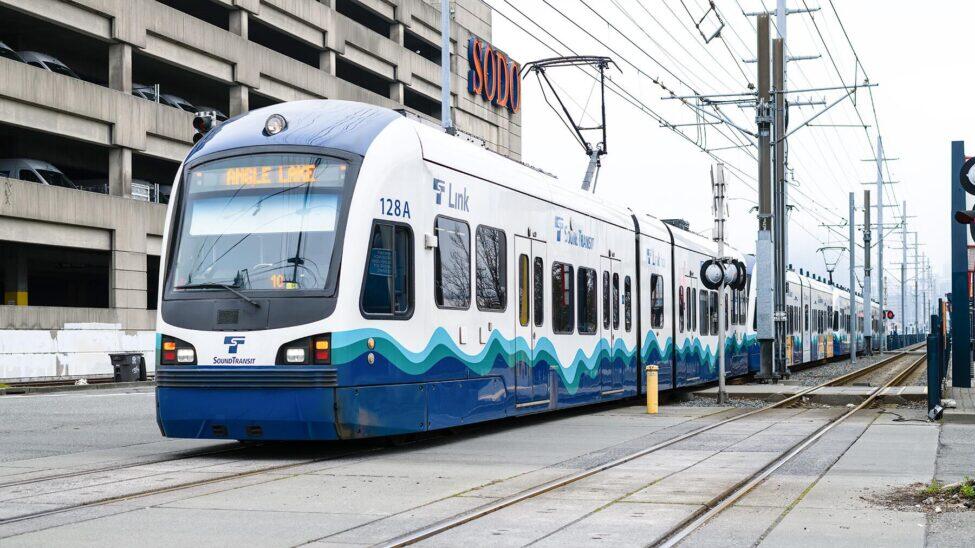
Light Rail (Tram/Metro)
If your destination and origin are on the line, the light rail is the quickest way to get from point A to point B. It runs from Angle Lake, south of Seattle-Tacoma International Airport, to Northgate. There are plans to extend the system further north and south, as well as east and west in the future.
Adults pay a flat fee of $3; you can use your Orca card or pay for a ticket at a station kiosk with cash or a card. Light rail trains run from 5 am to 1 am Monday through Saturday and from 6 am to midnight on Sundays and holidays. There is a train every 8 to 15 minutes, depending on the day and hour.
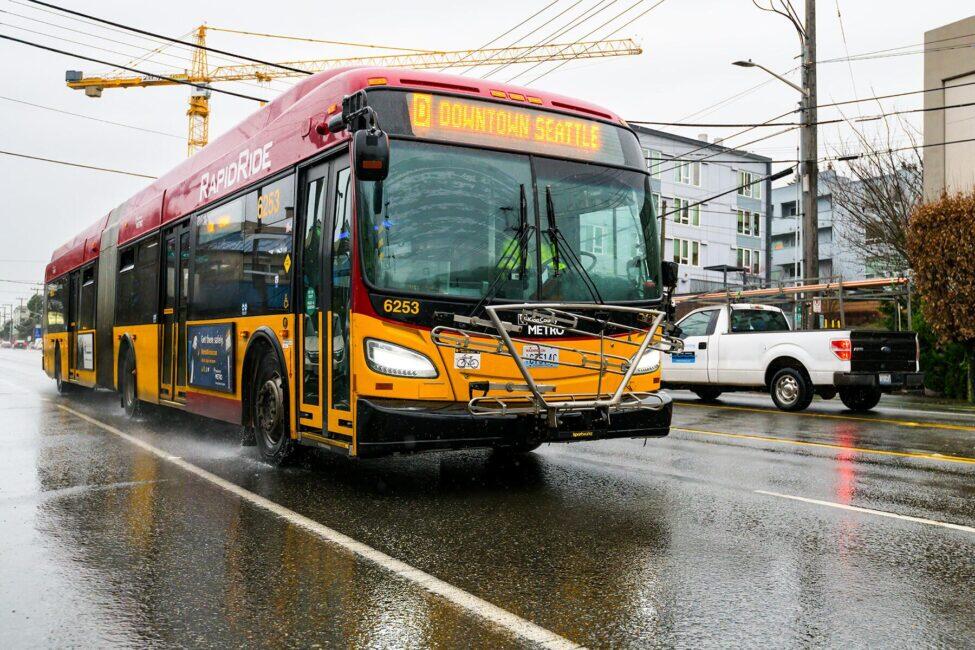
The Bus
The most comprehensive network of transit in the city is the bus lines. The King County Metro lines take you around the city and to many suburbs. Buses take cash (no change is given) and Orca cards, adult fares are $2.75. Normal hours of operation are from 5 am to midnight. From 12 am to 5 am, night owl options are available.
If you need to travel outside the city limits, Sound Transit and Community Transit operate numerous lines from downtown to various suburbs. Hours of operation vary slightly. Sound Transit Express buses operate on a set fare of $3.25 for adults; you can pay with an Orca card or exact change. Community Transit operates commuter lines to northern suburbs with adult fares of $4.25.
These buses are primarily for commuters and, thus, don’t run all day. There are usually morning services to downtown from origins like Everett, Redmond, and Bellevue between 5:30 am and 8:30 am. Then, there are afternoon/evening services from downtown between 3:30 pm and 6:30 pm. So if you need to leave the city, they’re great options; just plan accordingly.
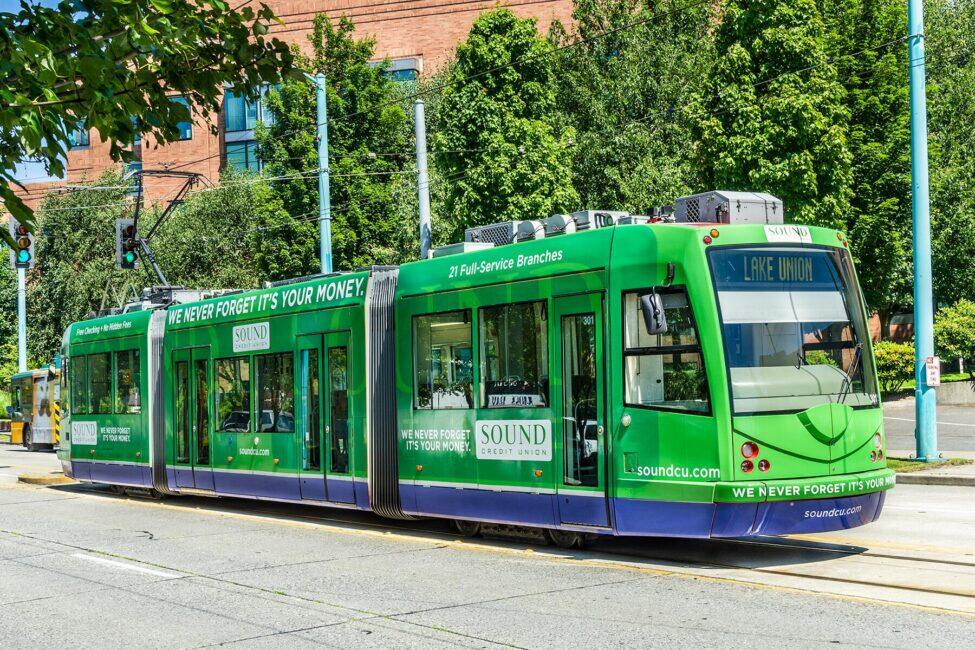
Streetcars
There are two streetcar lines. One that runs from Capitol Hill south to the Central District and First Hill, down to the International District. Another line circulates in South Lake Union through Belltown and Westlake. Eventually, the two will connect through downtown/the waterfront, but not for a few years.
The Capitol Hill/First Hill line runs between 5 am and 10:30 pm from Monday to Friday, from 6 am to 10:30 pm on Saturdays, and from 10 am to 8 pm on Sundays. Holidays operate a Sunday schedule. The street car runs every 12 to 15 minutes, depending on the time of day, Monday through Saturday, and every 18 to 25 minutes on Sundays.
The South Lake Union line runs between 6 am and 9 pm from Monday to Friday, from 7 am on Saturdays, and from 10 am to 7 pm on Sundays. Holidays also operate a Sunday schedule. There is no service on Thanksgiving and Christmas Day. The streetcar runs every 12 to 15 minutes, depending on the hour.
An adult fare is $2.25 or $4.50 for a day pass. You can pay with an Orca card or buy individual tickets with cash or card at any station.

The Ferry
If you want to experience Puget Sound from another vantage point, a ferry ride is a must! It’s also the easiest way to take fun day trips to Bainbridge Island and the Kitsap Peninsula.
Two lines operate daily from downtown. The Seattle to Bainbridge Island route runs about once every hour from 5 am to 1 am, Monday through Friday, and once every couple of hours on weekends and holidays. The journey lasts about 30 minutes.
There is also a service between Seattle and Bremerton, which runs about once every couple of hours from 7:30 am to midnight. The journey takes about an hour.
Adult fares for both routes are $9.85. You can use E-purse funds on your Orca card or pay at the booth with a card or cash. Fares are round trip for foot passengers. You’ll board from the passenger terminal at the Seattle waterfront.
Additionally, a newer fast ferry has begun operation between Seattle and Kingston, an adorable town in northern Kitsap County. The passenger-only service runs from Monday to Friday from 6 am to 6:30 pm. The crossing takes approximately 40 minutes. An odd quirk is the fare difference: $10 for Seattle to Kingston and $2 for the return, for a total of $12 for a day trip.
You must have exact cash or an Orca card for this boat.

Water Taxis
If you fancy a day trip that isn’t too far away, head down to Pier 50 for the passenger-only West Seattle Water Taxi. You’ll be deposited at Seacrest Park, an easy one-mile walk along the water to Alki Beach. Alternatively, in summer, a free shuttle service corresponds with boat crossings. The journey lasts between 10 and 15 minutes. It costs $5 one-way with an Orca card and $5.75 with cash or on-board purchase. The water taxi does not run on New Year’s Day, MLK Day, Presidents Day, Veterans Day, Thanksgiving (and the day after), or Christmas Day. For all other holidays, it operates on a Sunday schedule.
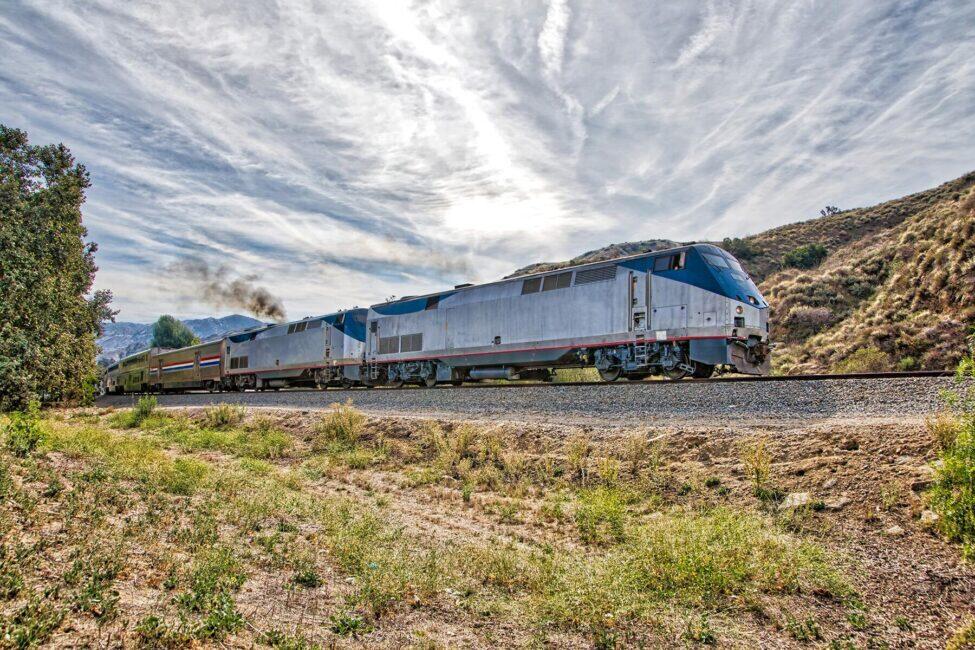
Trains (Amtrak/Sounder Commuter)
Passenger trains depart from Seattle’s King Street Station, which connects with the city’s light rail system. There are two rail service providers: Sound Transit and Amtrak.
The Sounder train will take you to northern and southern suburbs and cities like Everett, Edmonds, Tukwila, Puyallup, and Tacoma. The fare varies based on the route but is between $3.25 and $5.75 for adults.
If you wish to extend your adventure in the Pacific Northwest, you can take the Amtrak Cascades north to Vancouver, British Columbia, with two daily departures, one in the morning and one in the evening. Additionally, you can take the southern portion of the route to Portland and even further to Eugene, with six trains daily since 2023.
Fares vary on the day, time, and season and how far in advance you book. You can expect to pay between $30 and $50 for a one-way adult fare to Vancouver. Prices for one-way tickets to Portland are typically between $24 and $33. Unlike every other form of transport in this guide, children do not benefit from free trips on Amtrak trains. However, those 12 and under qualify for reduced fares.
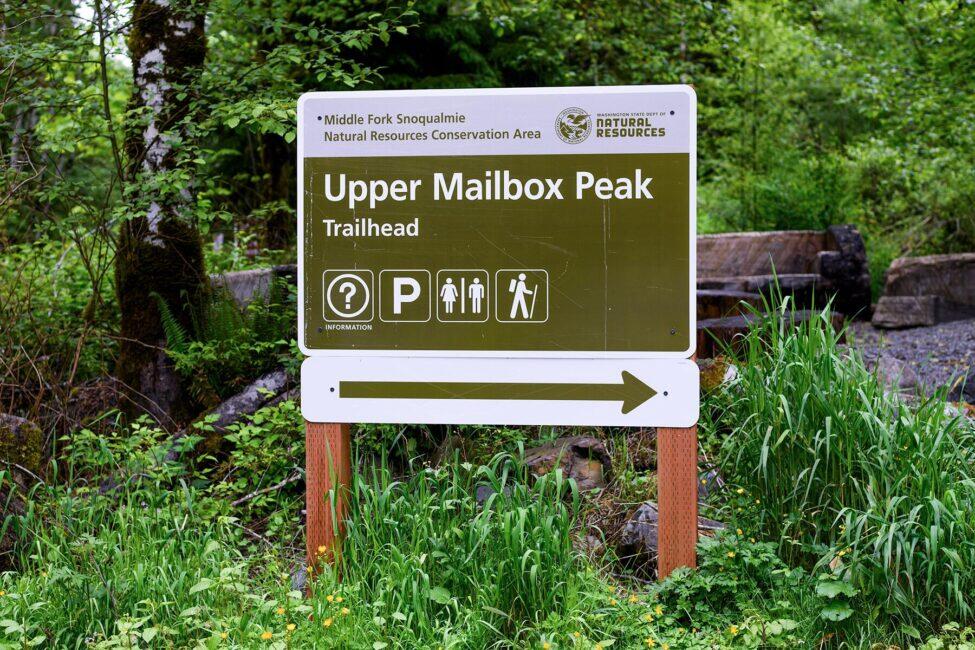
Trailhead Direct
The city is great, but perhaps you want to enjoy the mountains on a hike? Well, if you visit Seattle in the summer, you’ll be able to utilize Trailhead Direct. These public buses take passengers from downtown to popular trailheads along I-90 in the Cascade Mountains.
As it is seasonal, it only operates during the summer and on weekends and the following holidays: Memorial Day, July 4th, and Labor Day. One-way fares are $2.75 for adults. You can pay with an Orca card or exact change on board.


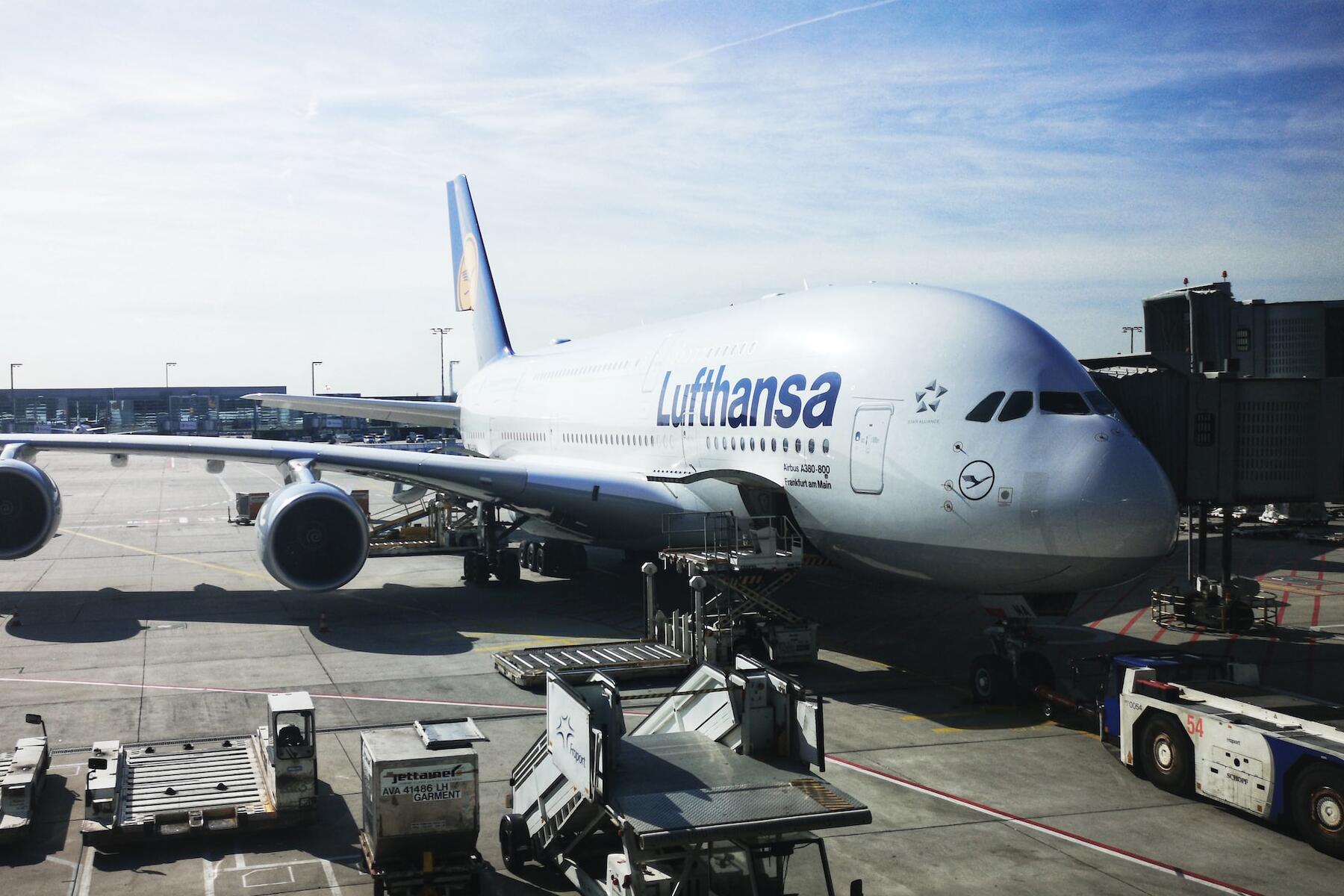

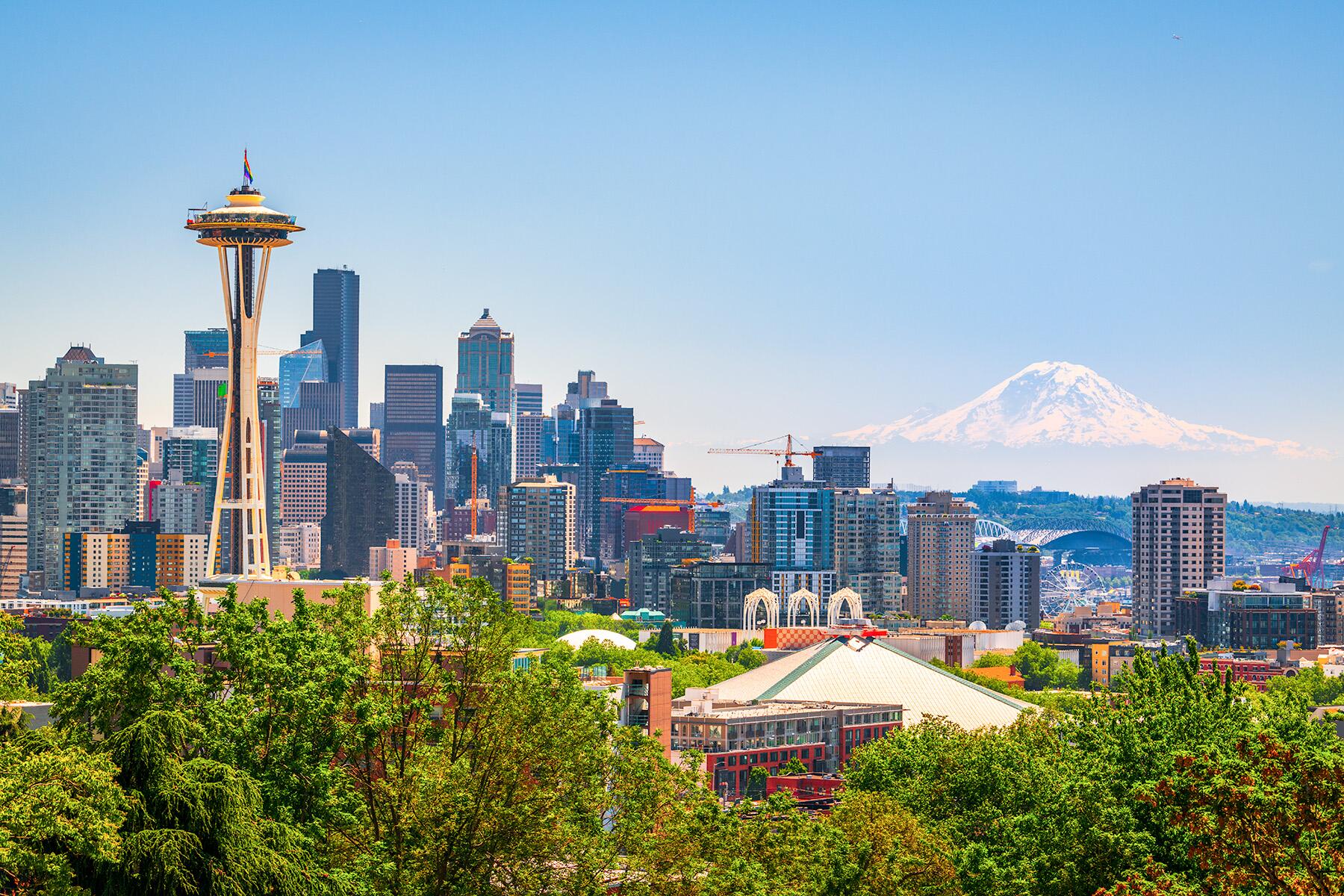

The ferry is free from the Kitsap Peninsula to Seattle. You only pay when traveling from Seattle.